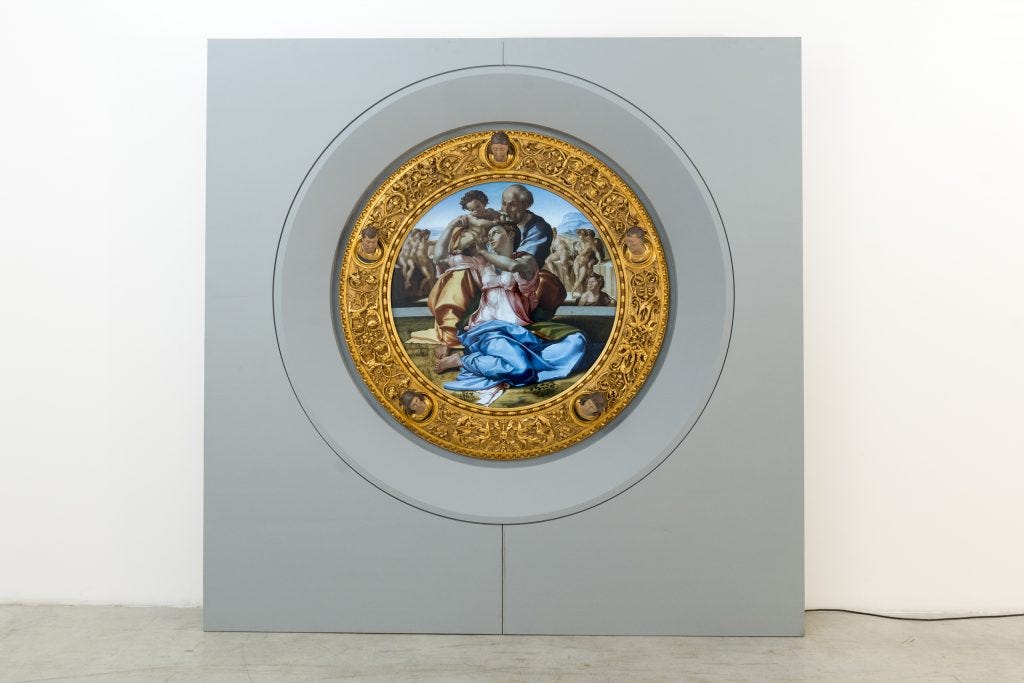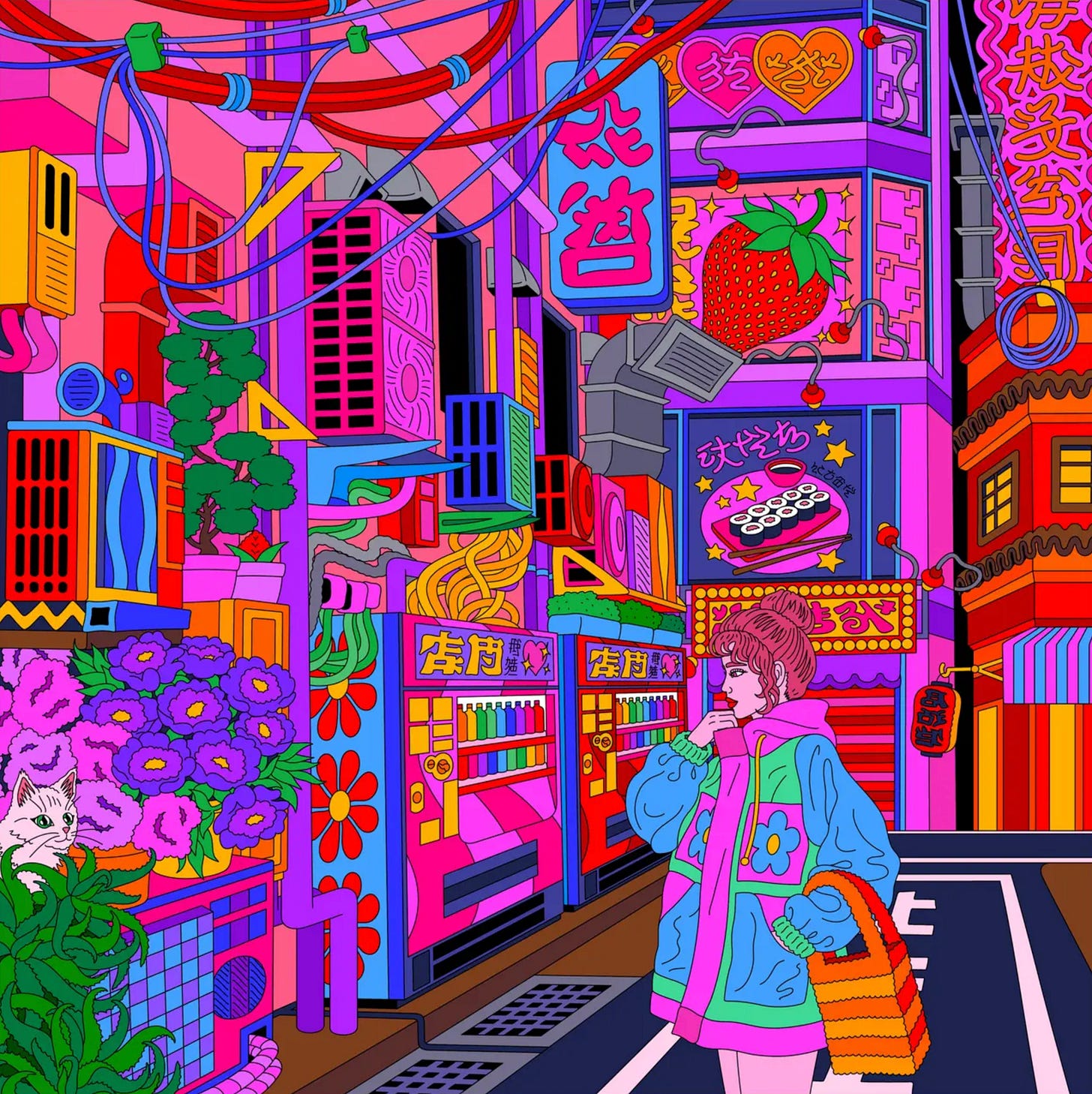How NFTs are changing art museums
The art market’s growing appetite for NFTs has resulted in a 2.6 billion sales in art-related NFTs and 8.6 billions in collectibles in 2021. As NFTs gain popularity among art buyers, museums and galleries around the world are also eager to experiment with this new technology. Traditional physical museums start exhibiting NFT art works, acquiring NFTs for museum collections, and even use NFTs for fundraising.
NFTs and the blockchain technology are best at removing middlemen with trust-less smart contracts, as a result, they present a great opportunity to replace gatekeepers and redefine museums. A new wave of internet-native, crypto-native NFT art museums, such as Museum of Crypto Art, MUSE0, and Queer Museum of Digital Art, are currently challenging the traditional museum model by pioneering web3 experimentations in museum collection, curation and governance.
Raise Fund
Museums are generally either funded by the government or privately funded for non-commercial purposes. Museums have their own collection and receive art loans from other museums or private collectors. Since the pandemic, museums were financially devastated due to extended closure, some made the financial (rather than curatorial) decision to deaccession while others use NFTs as a way to fundraise.
Uffizi Gallery in Florence, Italy partnered with Cinello, an Italian Digital Art Work company, to release NFTs for some of the most famous artworks from its collection—one of which is Michelangelo. Doni Tondo (1505–06). The NFT was sold for €140,000, with the museum pocketed half of the proceed and the other 50% went to Cinello.
Exhibiting NFTs
The Center for Art and Media (ZKM) in Karlsruhe, Germany is one of the leading institution and early adopter in experimenting the intersection of art and blockchain technology as well as exhibiting NFT art works. The cultural institution carries out duties beyond the role of a museum, combines works in production, research, mediation and education.
Artist and software developer Heiss from ZKM acquired four CryptoPunks and a few CryptoKitties with the ETH he mined from his 2017 installation KryptoLab, in which presents a small Bitcoin mining farm.
Since then, ZKM exhibited a large number of NFT art works including Dmitri Cherniak: Ringer #324, Aaron Penne: Apparitions #1205, Snofro: Chromie Squiggles #123, Guile Gapar: Cryptokittie, Kjetil Golid: Archetype #455, and more.
Internet-native / crypto-native NFT art museums
New NFT art museums are setting out to rival the traditional museum model in democratizing curation, governance, community ownership and future implementations which at the mercy of the development of this new technology.
MUSE0
MUSE0 is an internet NFT art museum incubated by the members of Flamingo DAO. It is a non-profit organization registered in Nevada. The mission of the museum is to create and curate a permanent collection consist of cultural significant crypto art.
To bring down the curation system placed in traditional museums, MUSE0 is democratizing the curating process by allowing anybody to submit work and admitting as a MUSE0 member any artist whose work has been accepted by MUSE0. Members, then, are eligible to redeem MUSE0 governance token and be able to vote on curation decisions.
MOCA
Started by Colborn Bell, he is the co-founder and director of Museum of Crypto Art (MOCA). He defines MOCA as “the museum of the metaverse.” The NFT art museum has a permanent collection and a community collection. The permanent collection starts with the Genesis Collection which includes 232 crypto art works made before December 2020.
The community collection is open to MOCA community members runs on the decentralized model of curating and exhibiting and powered by its governance token $MOCA. The community collection is more like a gallery rather than a museum, and its presence extends from digital life into physical life. Community members have curated and exhibited in-real-life exhibitions around the world, from M○C△’s collaborative exhibition with irlart (titled U’R,L) to 17 artworks from the community gallery exhibited at GOP Varieté-Theatre in Bad Oeynhausen, Germany.
MOCA has developed several web3 products to support its ecosystem, such as MOCA SHOW, which is a multiplayer dapp for curating and exhibiting NFTs; MOCA ROOMs, a NFT that is a 3D structure virtual space across different metaverse environments.
Queer Museum of Digital Art
QMoDA is a museum dedicated to arts and culture in the queer community. Queer artists and their works are often overlooked due to discrimination, censorship, or societal suppression. Queer Museum of Digital Art aims to fight for the recognition queer artists deserve and utilize NFT and web3 technology to create a permanent collection. The curation model is currently taken place on their Discord channel and voted by the community and selected curators. In the long term, the museum looks to further decentralize curation and to operate as a DAO by introducing a governance token in the future.
The future of museum
There is a great opportunity to democratize and decentralize traditional art museums as they incorporate more web3-enabled technologies into their governance.
While new internet museums which sprung out of the NFT culture are overthrowing the traditional museum model. Carrying out the same ethos of the web3 culture—decentralization, democratization of ownership, free of physical restriction—artists, curators and collectors no longer need to be physically located in the few cultural epicenters like New York, London, Los Angeles, or Paris. Marginalized artists will be able to have the chance to reach a global audience and have the recognition for their cultural and artistic significance.
Thank you for reading! I hope you find this article helpful.
Let me know your thoughts in the comment below.
Wanna talk about ideas? Or hire me? Let’s connect!
See you next issue!
This newsletter is for informational and educational purposes only, not financial advice. Always DYOR (Do Your Own Research).







